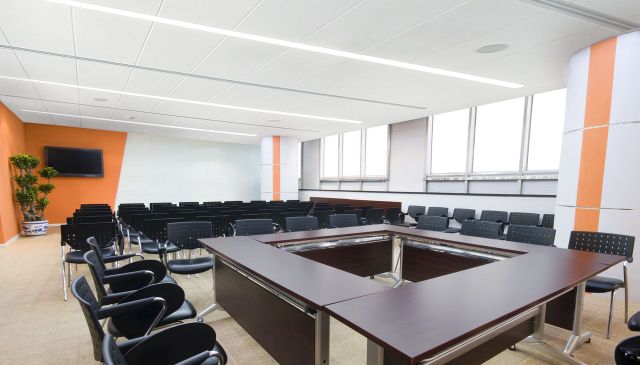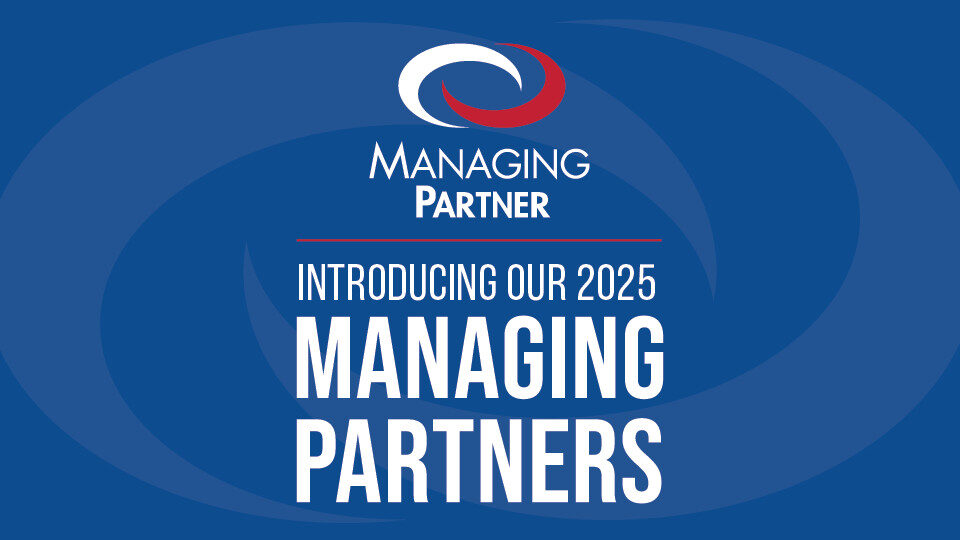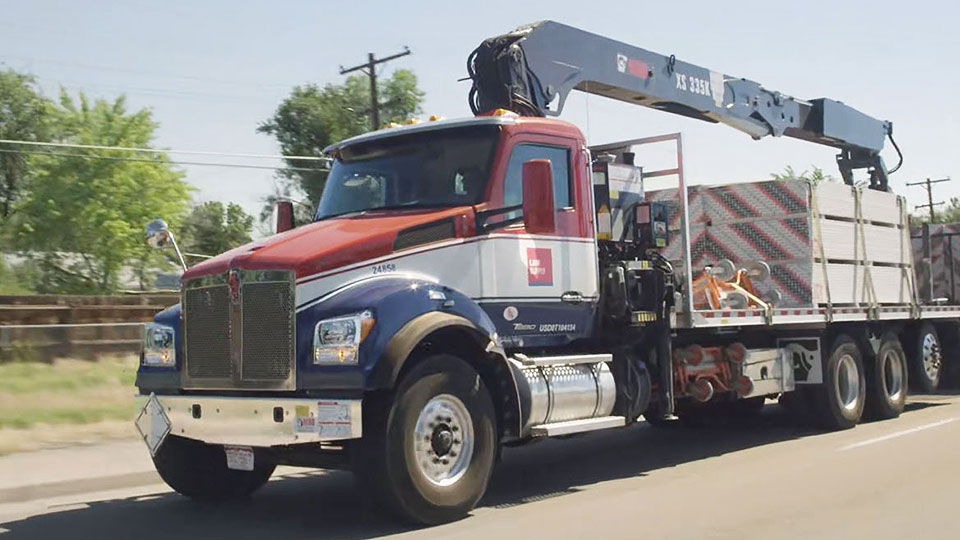
5 Benefits of LED Lighting
Light emitting diodes, commonly referred to as LEDs, have swept the conventional lighting marketplace for a variety of reasons, most notably for their extended life spans, reduced energy consumption, and low maintenance requirements. By 2030, the U.S. Department of Energy (DOE) estimates that LED technology could save 190 terawatt hours of electricity per year, which equates to a whopping $15 billion.
As LED purchase and operation costs continue to decrease, more and more homeowners, business owners and facility managers are looking to make upgrades to their lighting systems.
Therefore, contractors are now seeking lighting companion pieces, such as pendant-hung fixtures and backlighting pixels, to accompany their acoustical grid and tile systems.
When dealing with LED upgrades and communicating product benefits, here are five areas that every GC should be prepared to discuss.
Energy Efficiency
LEDs use up to 75% less electricity than incandescent bulbs, resulting in substantial energy cost savings, especially for any business with lights that are on for extended periods. LEDs also emit light in a specific direction unlike incandescent and compact fluorescent bulbs, which emit light—and heat—in all directions. This directional lighting capability reduces wasted light and energy. See this DOE fact sheet for more on comparing LED energy efficiencies.
Extended Lifetime
Unlike incandescent lighting, LEDs don’t “burn out” or fail, they merely dim over time. Quality LEDs have a life of 30,000 – 50,000 hours or even longer, depending on the quality of the light fixture. A typical incandescent lamp lasts only about 1,000 hours; a comparable compact fluorescent lasts 8,000 to 10,000 hours. With a longer operational life, LEDs can reduce labor costs of replacing bulbs in commercial situations, achieving a low maintenance lighting system.
Durability
Without filaments or glass enclosures, LEDs are breakage resistant and largely immune to vibrations and other impacts. Traditional lighting is usually contained in a glass or quartz exterior which can be susceptible to damage depending on the application.
Rapid Cycling Capacity
A high on-off frequency can cause traditional lighting to burn out faster, whereas LEDs are unaffected by rapid cycling. For this reason, LEDs are an effective option for occupancy or daylight sensor lighting.
No IR or UV Emissions
Less than 10% of the power used by incandescent lamps is actually converted to visible light; the majority of the power is converted into infrared (IR) or radiated heat. Excessive heat and ultraviolet radiation (UV) presents a burn hazard to people and materials. LEDs emit virtually no IR or UV.
Rapid advancements in LED lighting technologies, with more improvements on the horizon, have resulted in lowered costs and increased reliability of LEDs. While it may be tempting to assume LEDs are the right choice for all applications, lighting selection should be based on a number of factors: energy efficiency, color quality, light distribution, dimmability, and expected lifetime. The DOE offers various resources to help guide your decision.
Additional References
U.S. Department of Energy LED Application Series
Energy.gov
All data and information provided in this blog posting is for informational purposes only. L&W Supply makes no representations as to accuracy, completeness, currentness, suitability, or validity of any information provided therein and will not be liable for any errors, omissions, or delays in this information or any losses, injuries, or damages arising from its display or use. All information is provided on an as-is basis.

ABC Supply Co., Inc. Announces 2025 Managing Partners
ABC Supply has announced its 2025 managing partner inductees. This year’s Managing Partner Program welcomes a total of 47 branch managers – including 12 from L&W Supply – all honored for their exceptional leadership and contributions. Read more about this distinction and view the full list of 2025 Managing Partners in ABC Supply’s full announcement […]

L&W Supply Acquires Drywall Supply
This acquisition strengthens the company’s presence and support for contractors in Kansas BELOIT, Wis. – February 24, 2025 – L&W Supply, a nationwide distributor of interior building materials and construction supplies, has acquired the assets of Drywall Supply, a prominent player in the gypsum specialty dealer space, located in Wichita, Kansas. With this acquisition, L&W […]